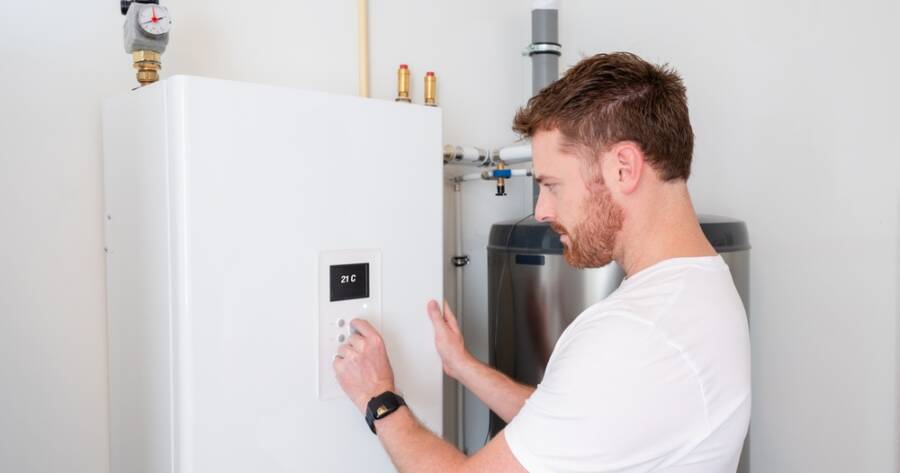Emergency heating system installations present unique challenges requiring thoughtful preparation and action. Key steps include preparing the home for installation, choosing the right contractor, and navigating potential obstacles like system upgrades or ductwork changes. Understanding key essentials, along with post-installation maintenance, can enhance system efficiency and longevity, maintaining home comfort amidst emergencies.
What to Expect During Your Emergency Heating System Installation
Emergency heating system installations can be stressful, but understanding what to expect can help make the process smoother. Preparation is a key step to ensure a successful installation.
Clear access to the installation site is crucial for technicians. This involves removing furniture, boxes, or debris that may obstruct their work. Not only does this allow them to work efficiently, but it also ensures they can safely handle equipment and tools without delay.
Preparing Your Home and Understanding Requirements
Additionally, ensuring proper ventilation is essential. Blocked vents can hinder the performance of your new heating system. Therefore, before installation, check that vents and ductwork are unobstructed to facilitate the system’s efficiency. Adequate space must also be made available for technicians to bring in equipment and tools needed for the installation.
Moreover, there might be temporary inconveniences, such as power or gas shutdowns during the installation. It’s advised to plan accordingly by charging essential devices and preparing meals in advance to minimize disruption during these processes. Communication with the installation team about specific requests, such as thermostat placement, ensures that the installation aligns with your expectations.
Choosing the Right Contractor for Emergency Installations
Choosing the right contractor is especially important during emergency situations. Not all contractors have the expertise needed for heat pump installations. Utilizing platforms like the EnergySage Marketplace can help connect homeowners with experienced professionals suited for these tasks.
In cases where an immediate replacement is vital, ensure the contractor is prepared for the job and can potentially provide temporary heating solutions, such as space heaters, to bridge the gap until the installation is complete .
Navigating Installation Challenges
Homeowners may face several challenges, such as electrical system upgrades or ductwork modifications, which can slow down the process. Retrofitting might require creating new circuits or expanding ducts to accommodate the new system.
These steps are necessary to ensure compliance with warranty conditions and ensure proper airflow. Proactive planning, like establishing relationships with contractors, can mitigate these challenges, offering better service quality and pricing.
Importance of Post-Installation Maintenance
After installation, it’s critical to ask the technicians questions about maintenance and operation. Understanding routine maintenance, filter changes, and thermostat settings can significantly affect the performance and longevity of your heating system. Regular inspections and cleanings can prevent emergencies and ensure that the system runs efficiently over time.
Moreover, familiarizing family members with the operations and emergency responses, like switching off the system when issues are detected, enhances safety. Recognizing signs that may require urgent repair is equally important. Indicators include unusual noises, inconsistent temperatures, or unexpected energy bill spikes, which could signify underlying system issues that need prompt attention.
Professionals can provide insight into these signals and help schedule necessary check-ups to maintain the system’s health. Upskilling in these areas ensures timely intervention and reduces the likelihood of system failures.
Learn More About Emergency Heating System Installations
Understanding what to expect during an emergency heating system installation can greatly reduce stress and help manage the process effectively. By opting for knowledgeable contractors, ensuring the home is prepared properly, and knowing what steps to take post-installation, homeowners can optimize their investment and enjoy uninterrupted comfort.
Armed with this knowledge, you are better positioned to navigate unexpected heating emergencies with confidence. Additionally, investing in regular maintenance and choosing reputable professionals can further minimize potential disruptions and enhance the longevity of your heating systems.
Sources
Preparing Your Home for Heating Installation
Heat Pump Emergency Replacements
